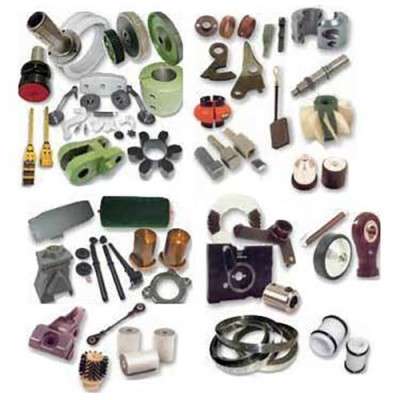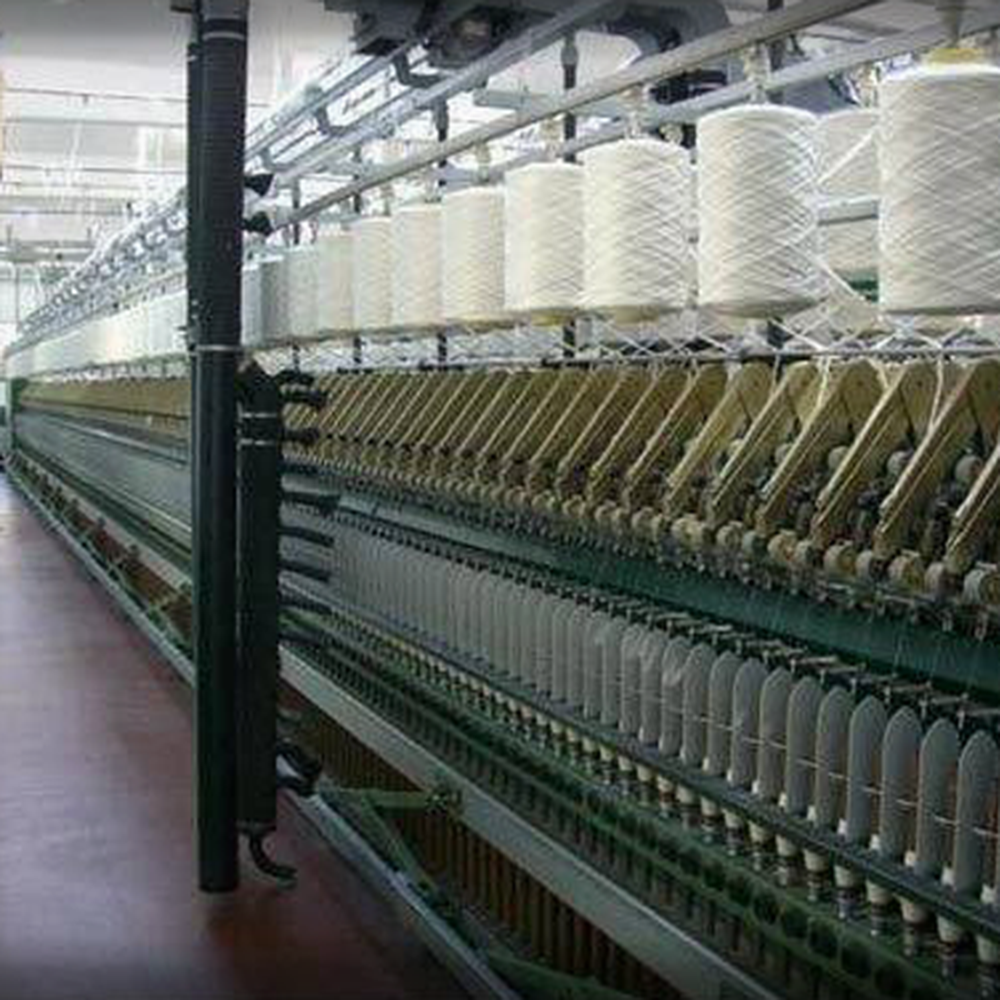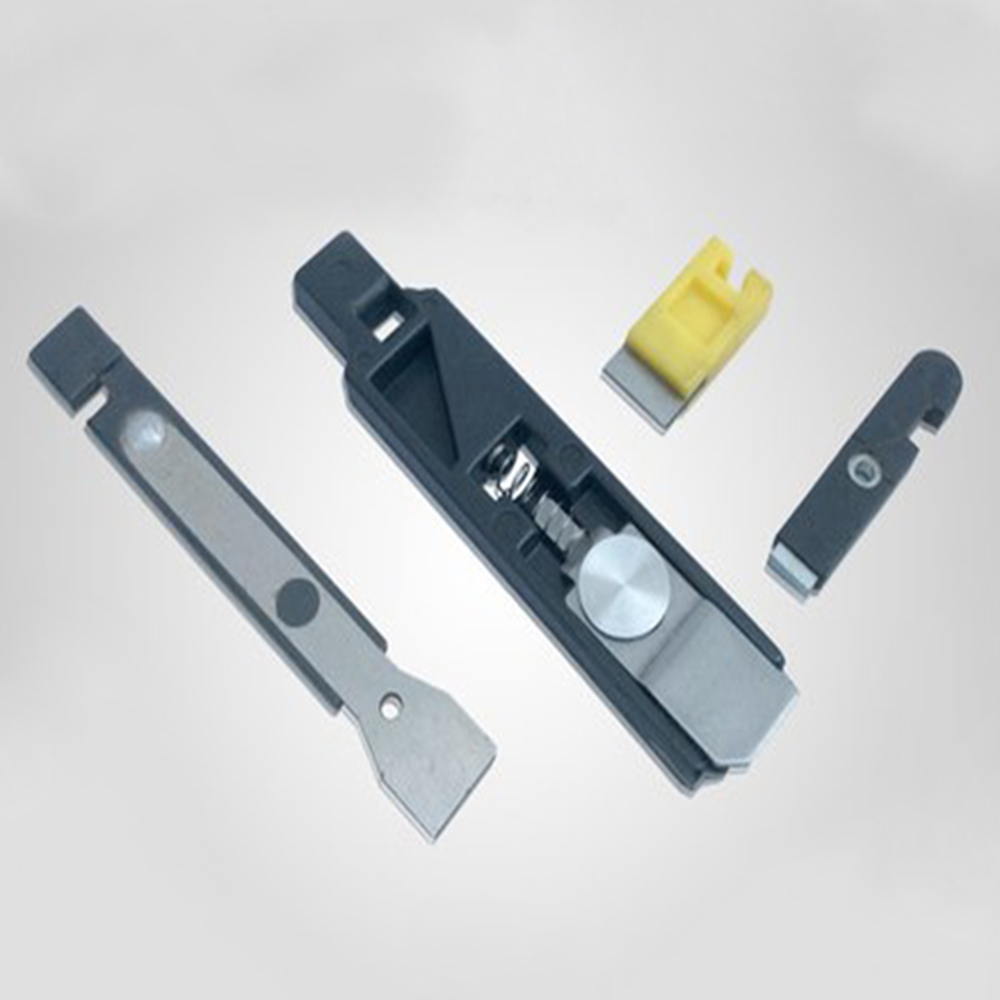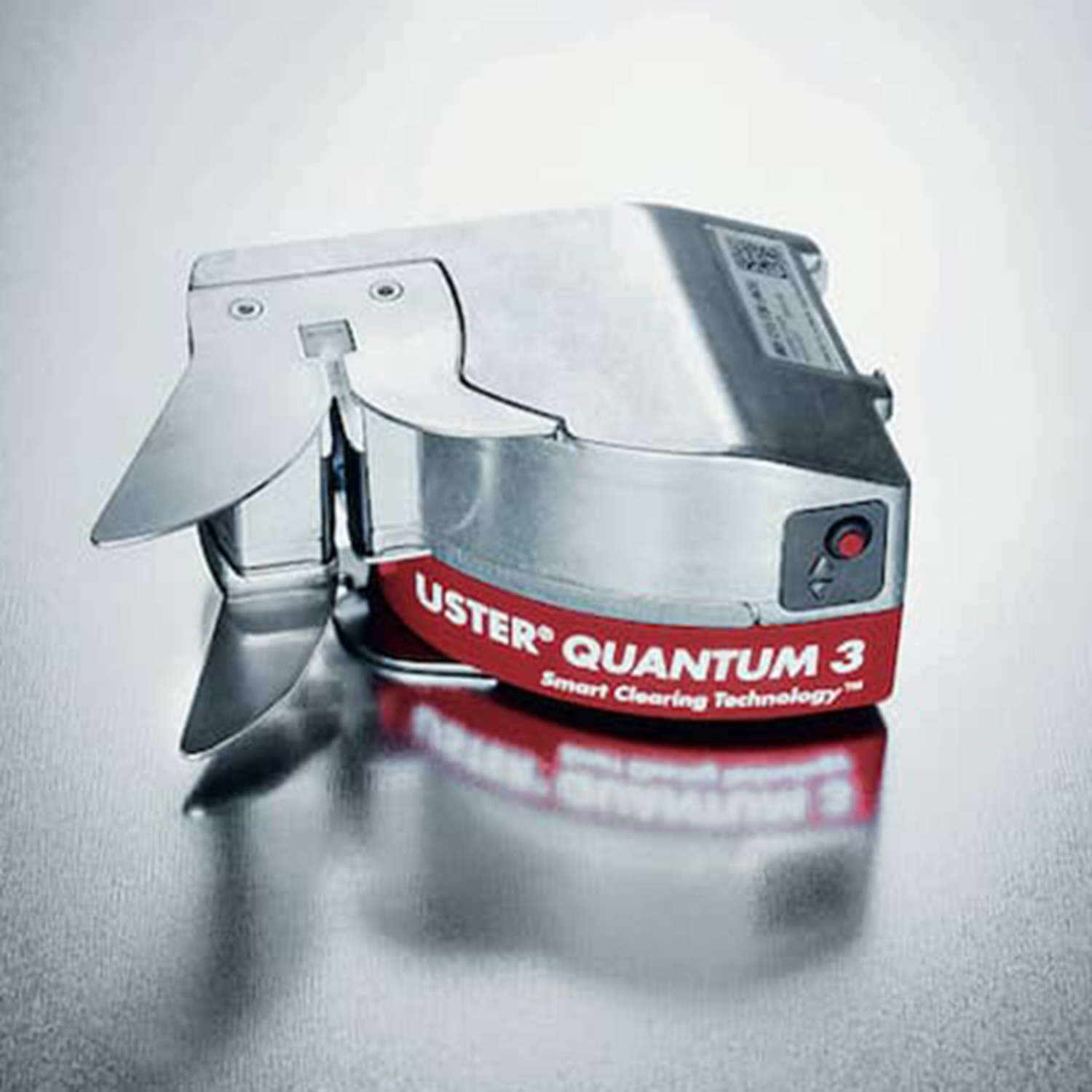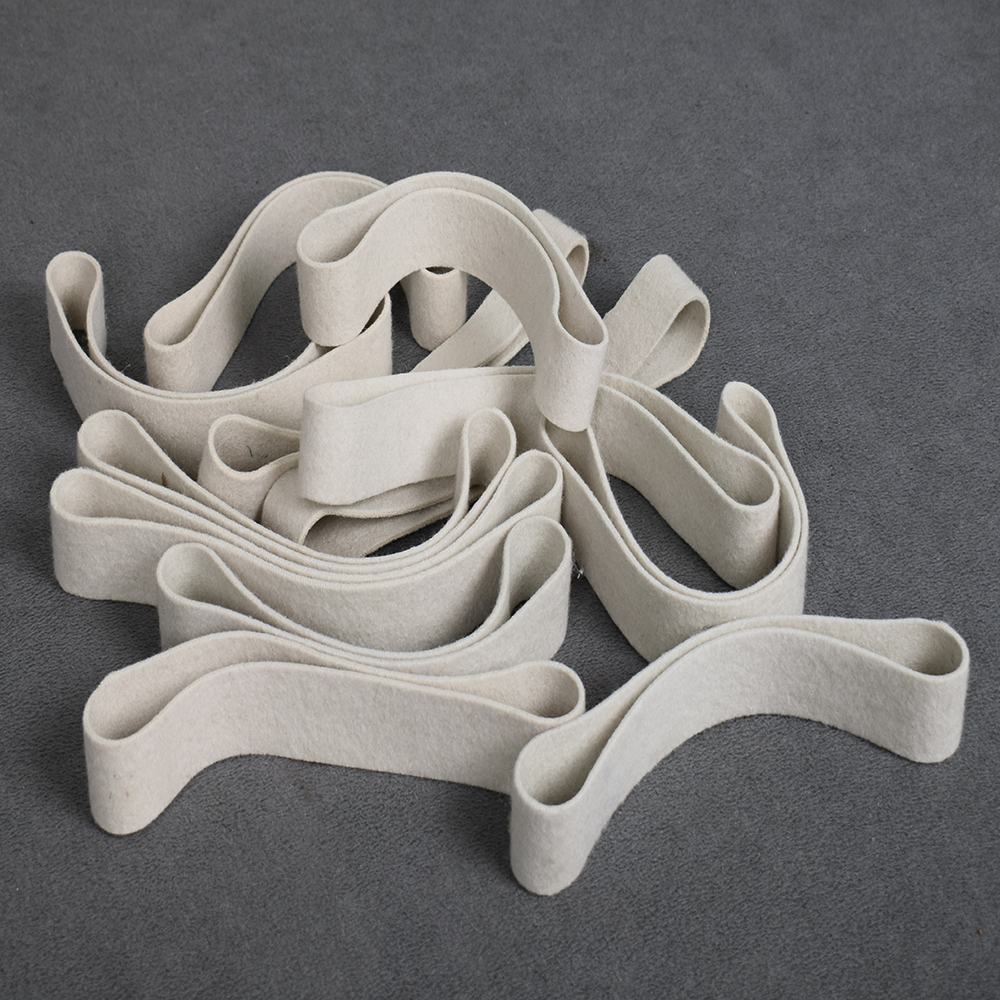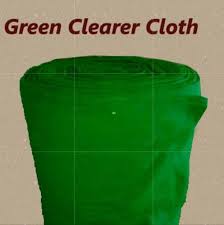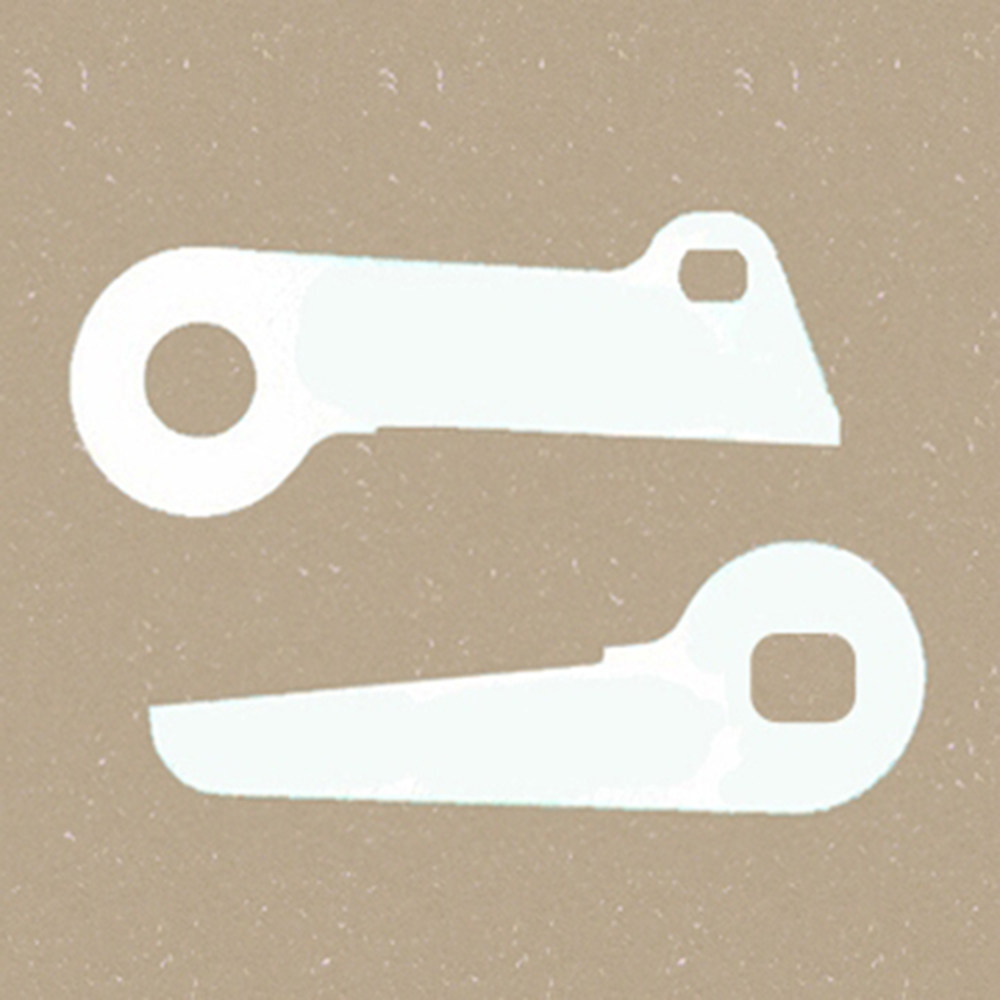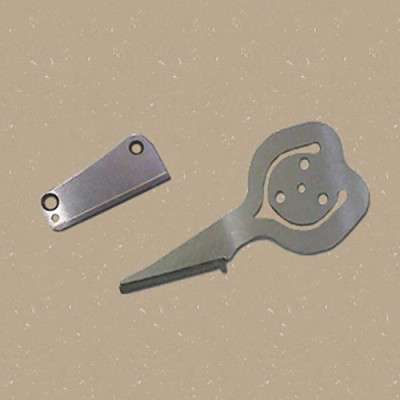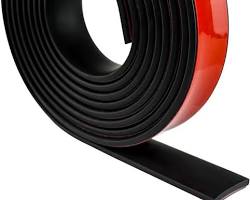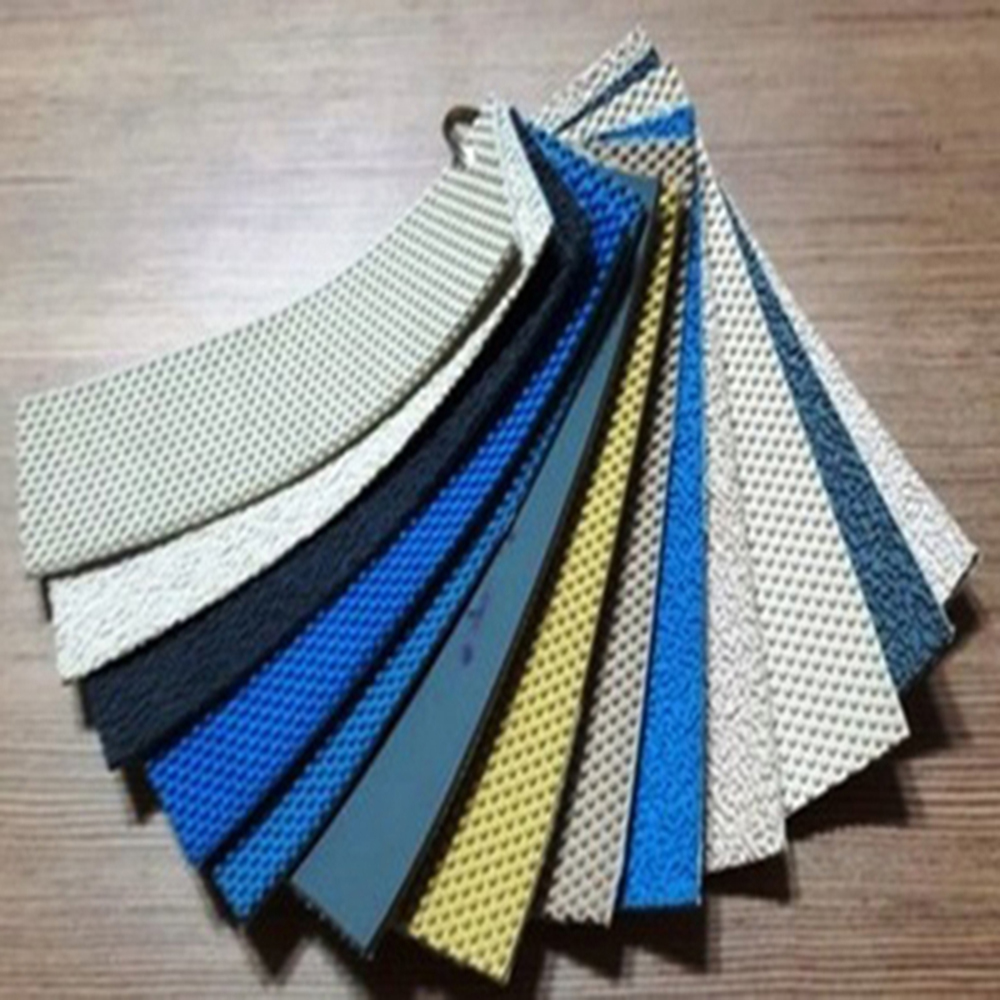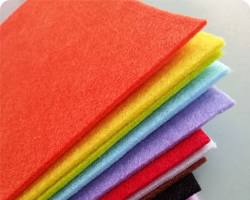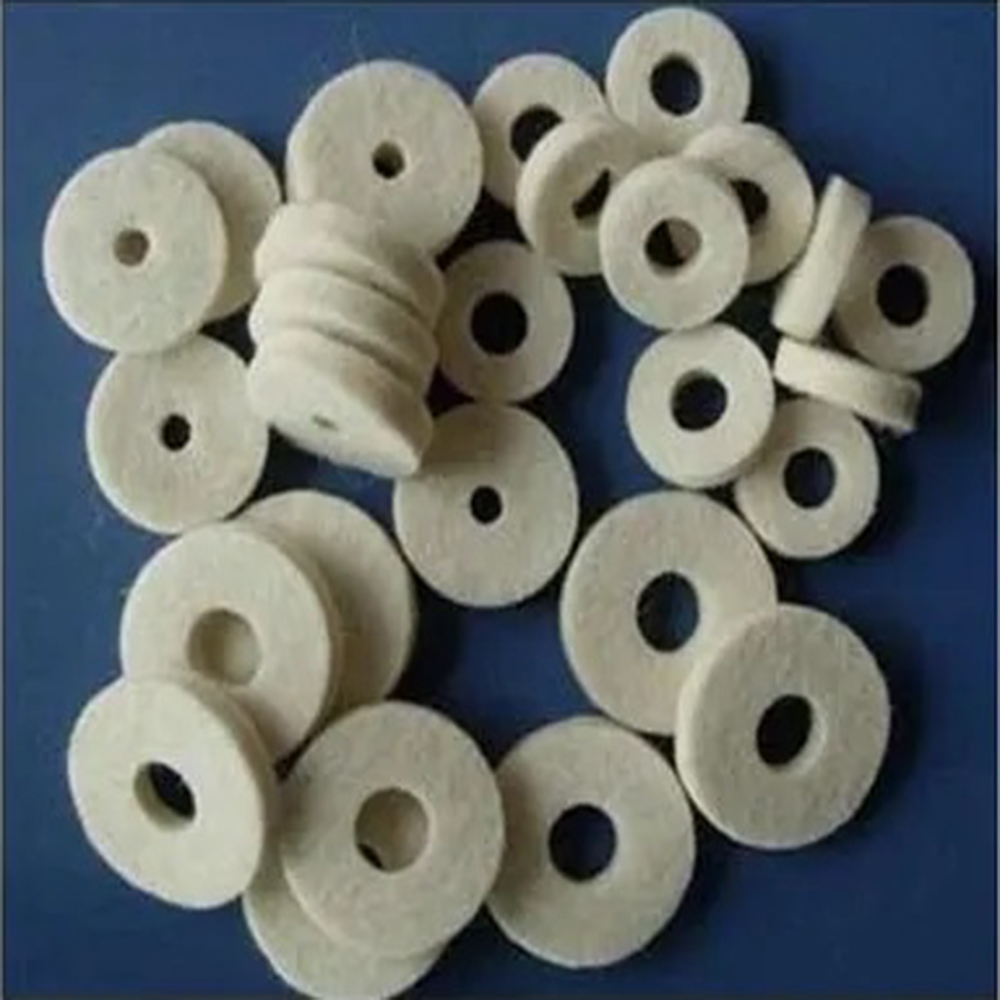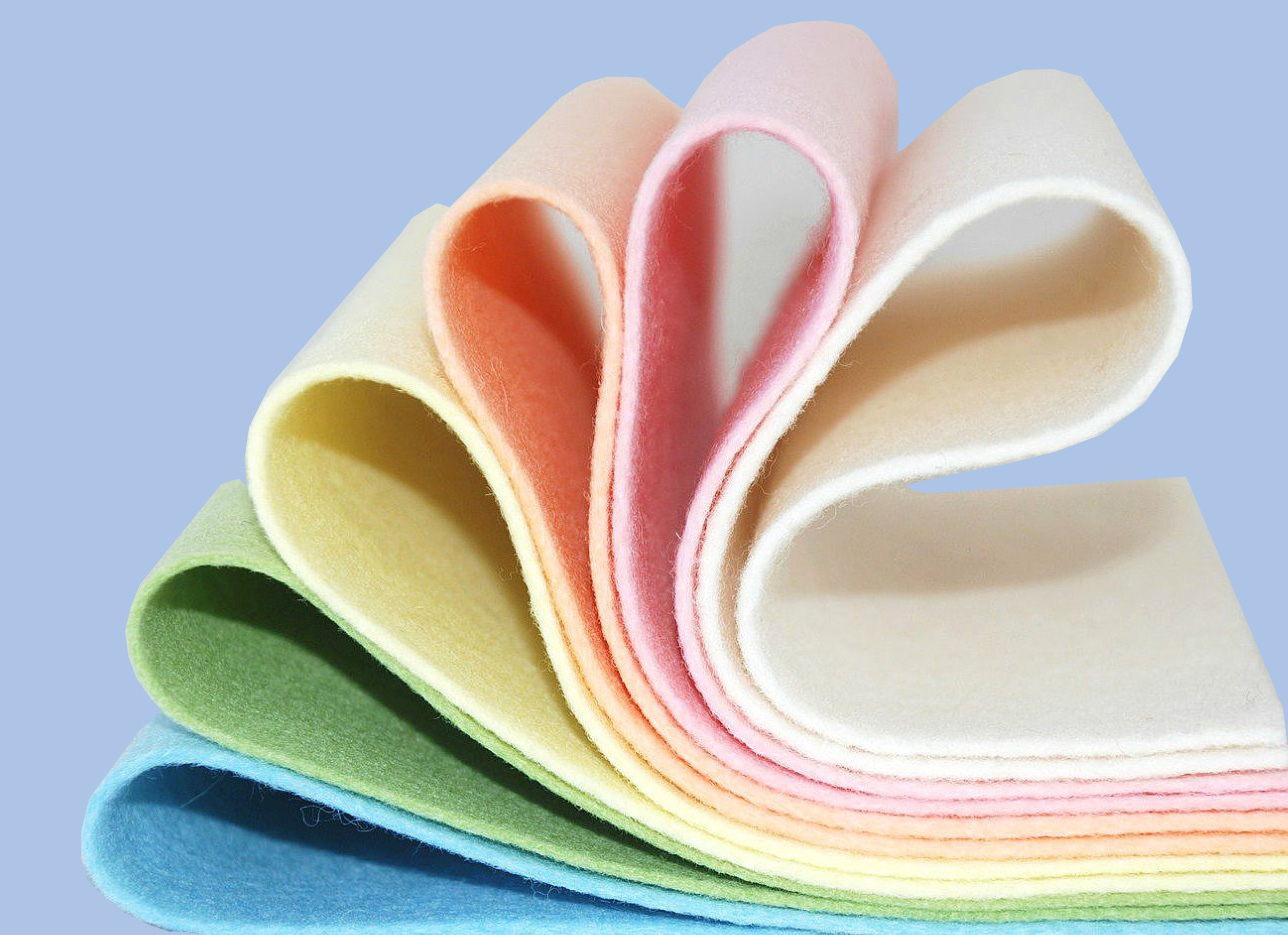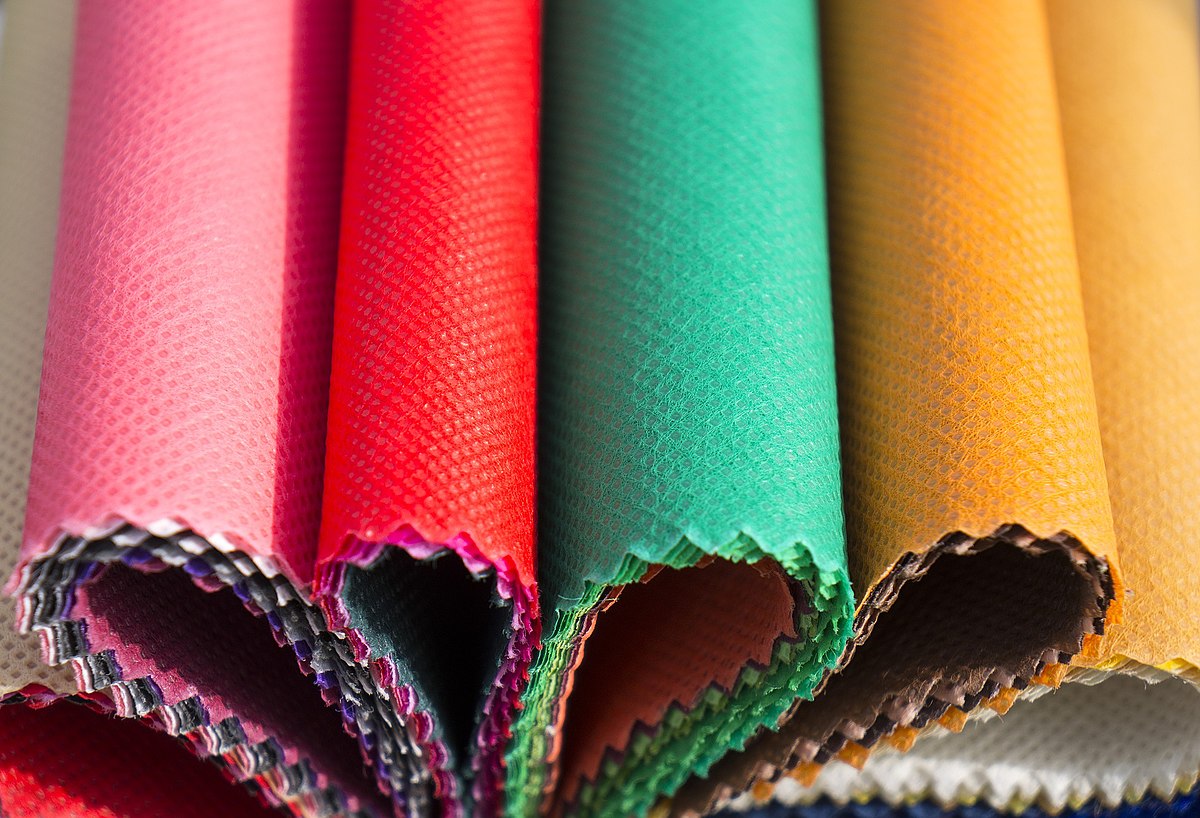- Home
- About
-
Products
- Autoconer Scissor Blades
- Textile Machinery Spares
- Autoconer Spares
- Spinning Machine Spare Parts
- Eyc Cutter Blades
- Electronic yarn clearer
- Endless Clearer Cloth
- Green Clearer Cloth
- Yarn Cutter Blades
- Splicer Scissor Blades
- Lower yarn Scissor Blades
- Shutter Cutter Blades
- Suction Tube Cutters
- Carbide Round Cutter Blades
- Loom Cutter
- Rubber strip
- Rubber Emery Fillet
- Woolen Felt
- Felt Sheet
- Felt Washer
- Non Woven industrial Felt
- Non Woven Fabrics
- Contact
- Email: [email protected]
- Phone: 9374614042
Autoconer Scissor Blades

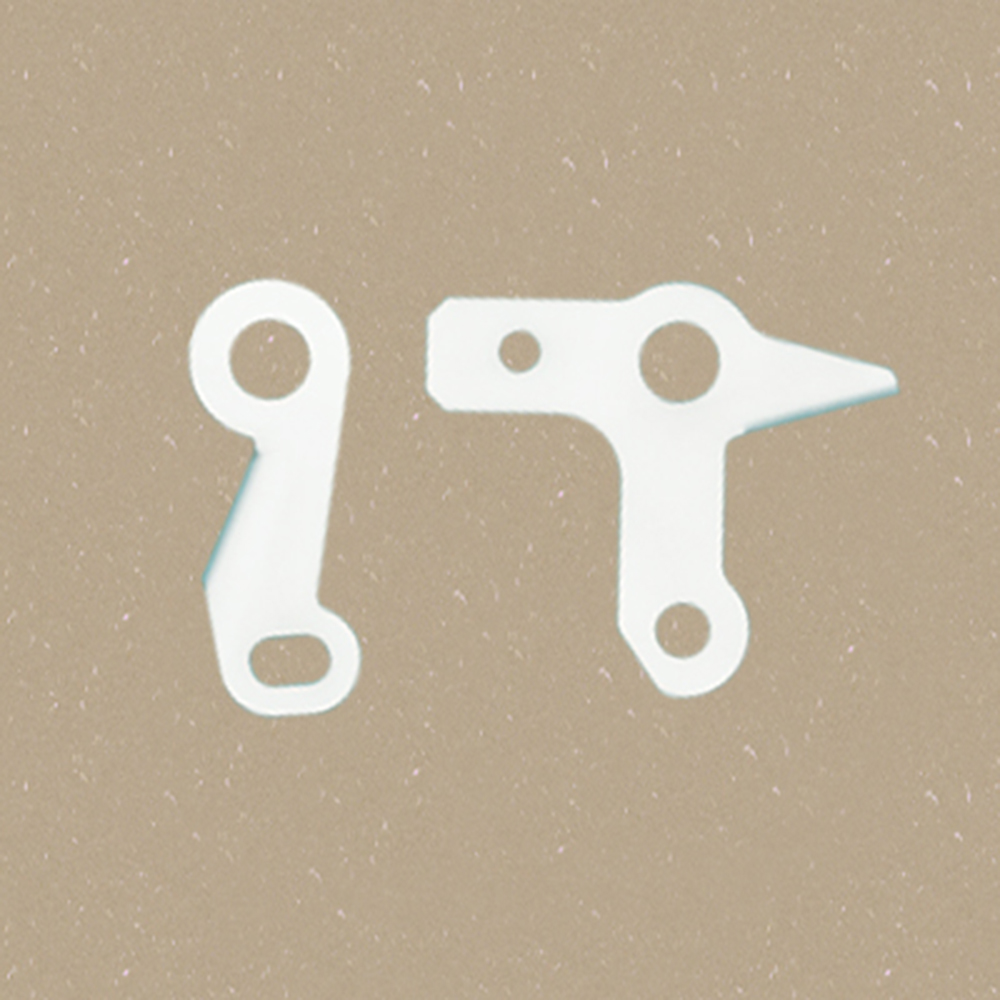
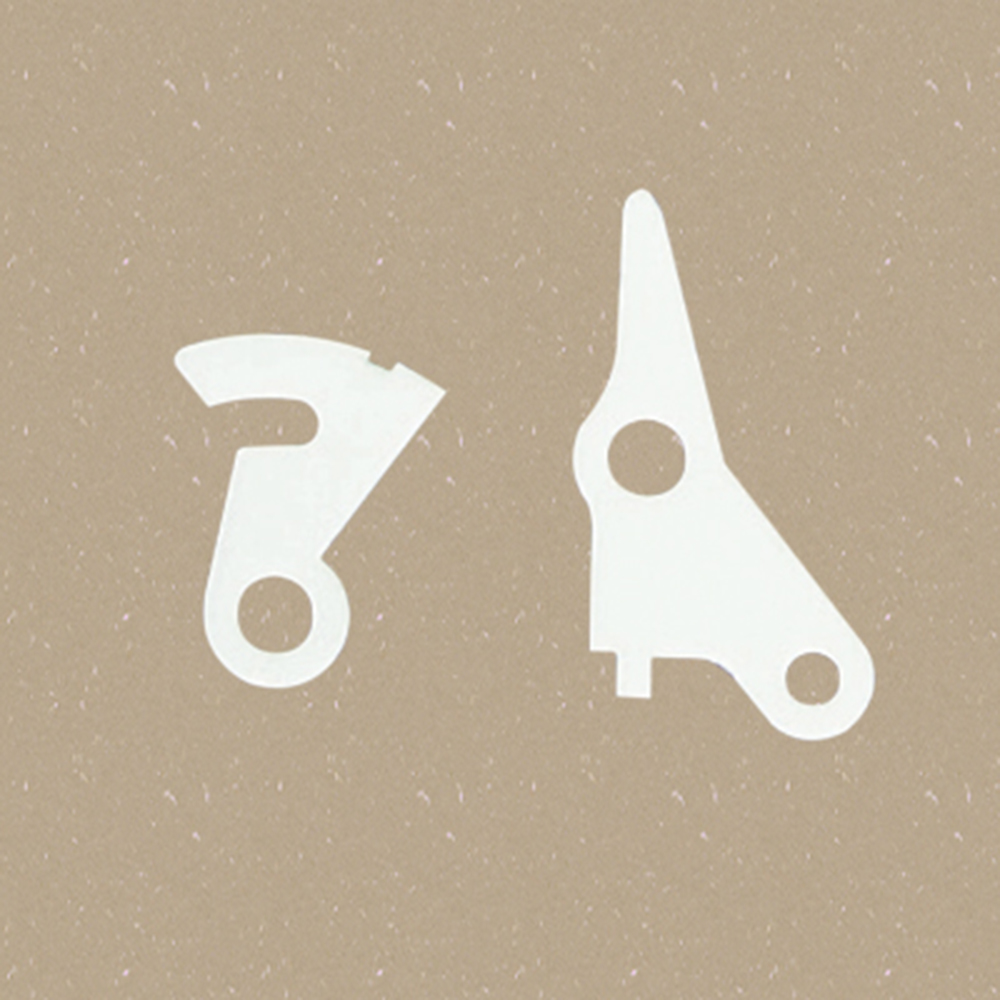
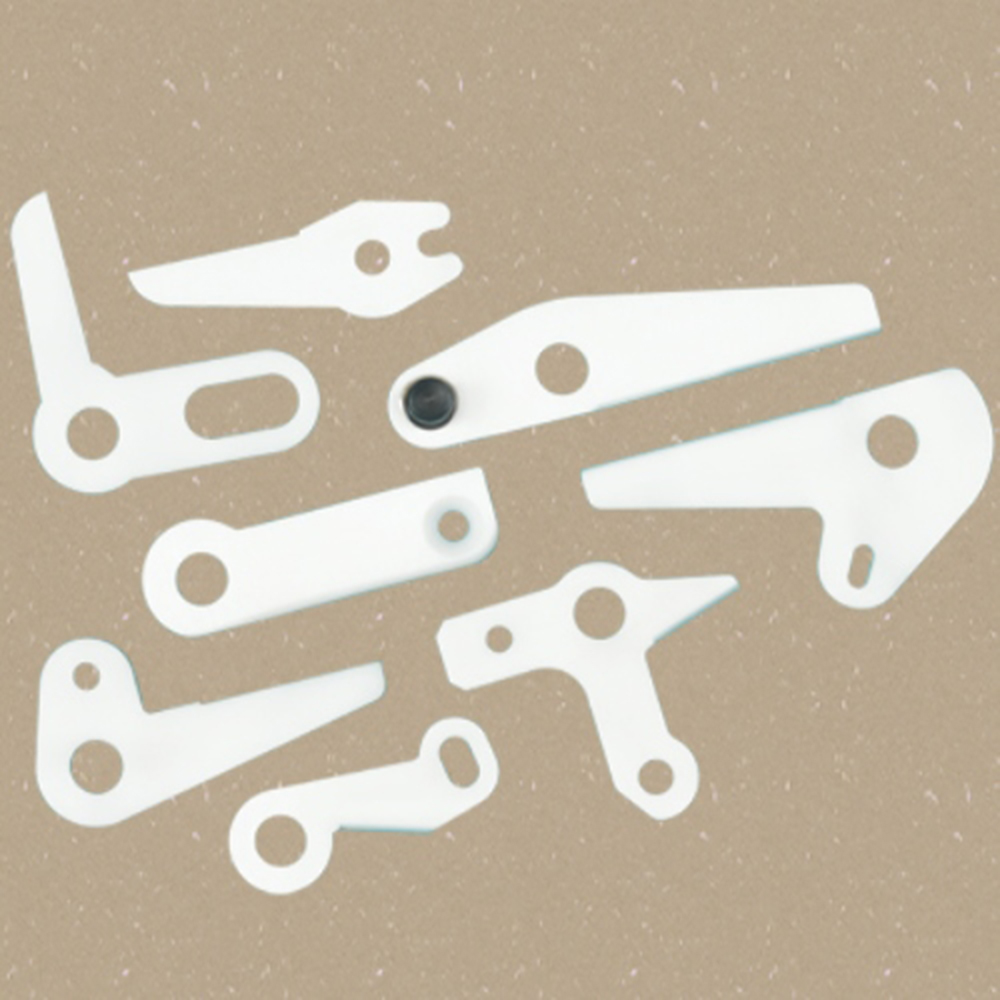
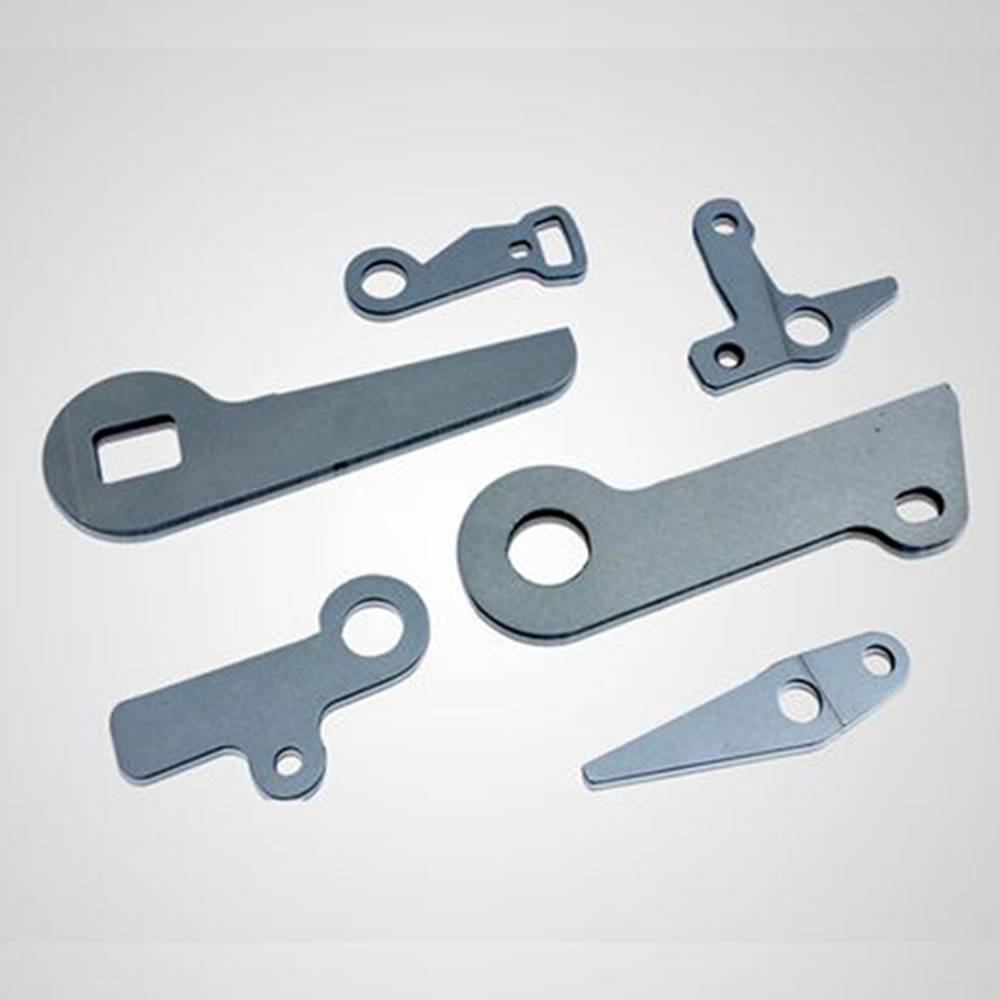
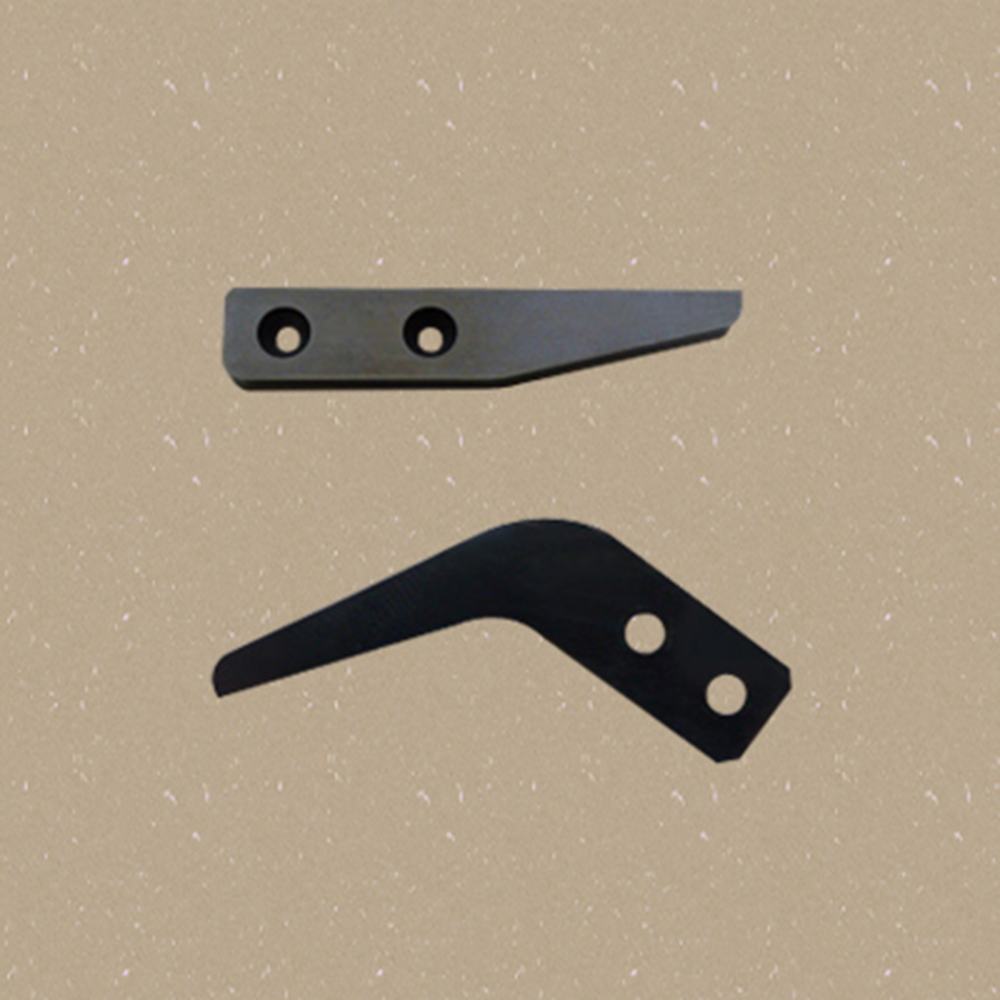
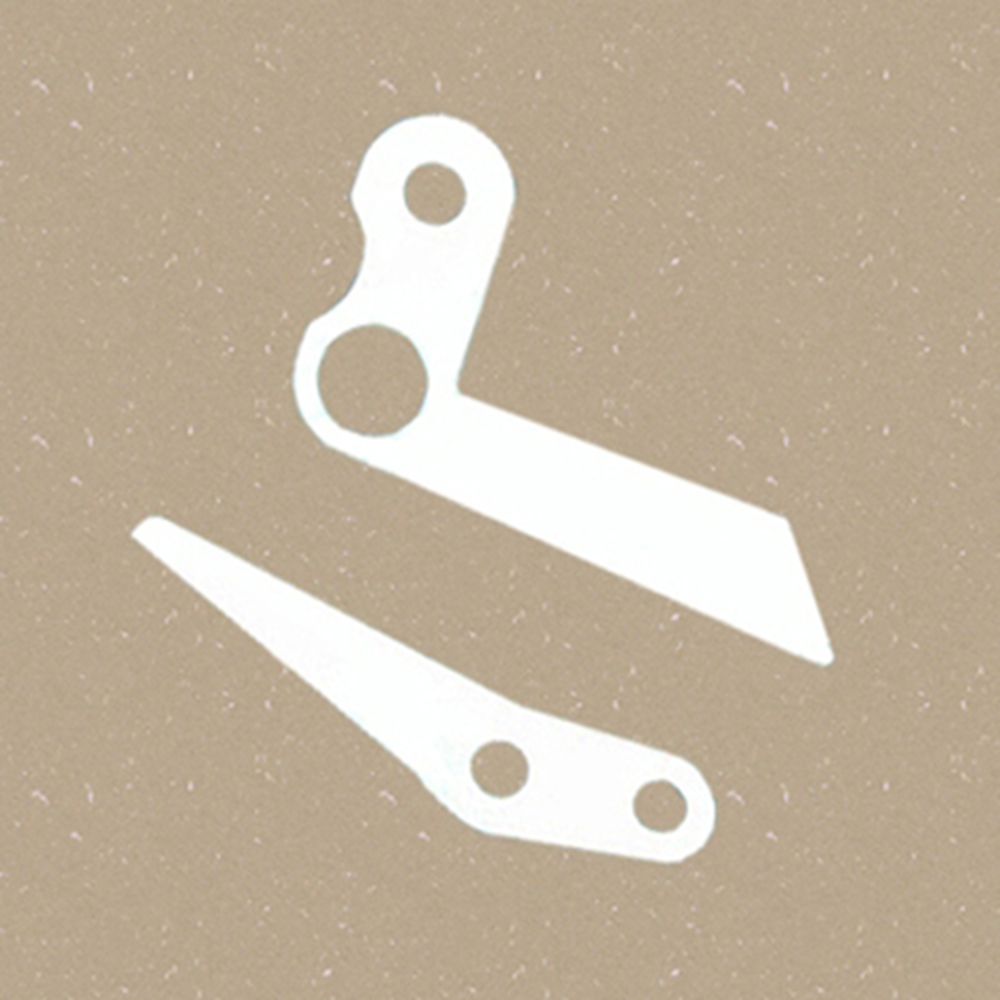
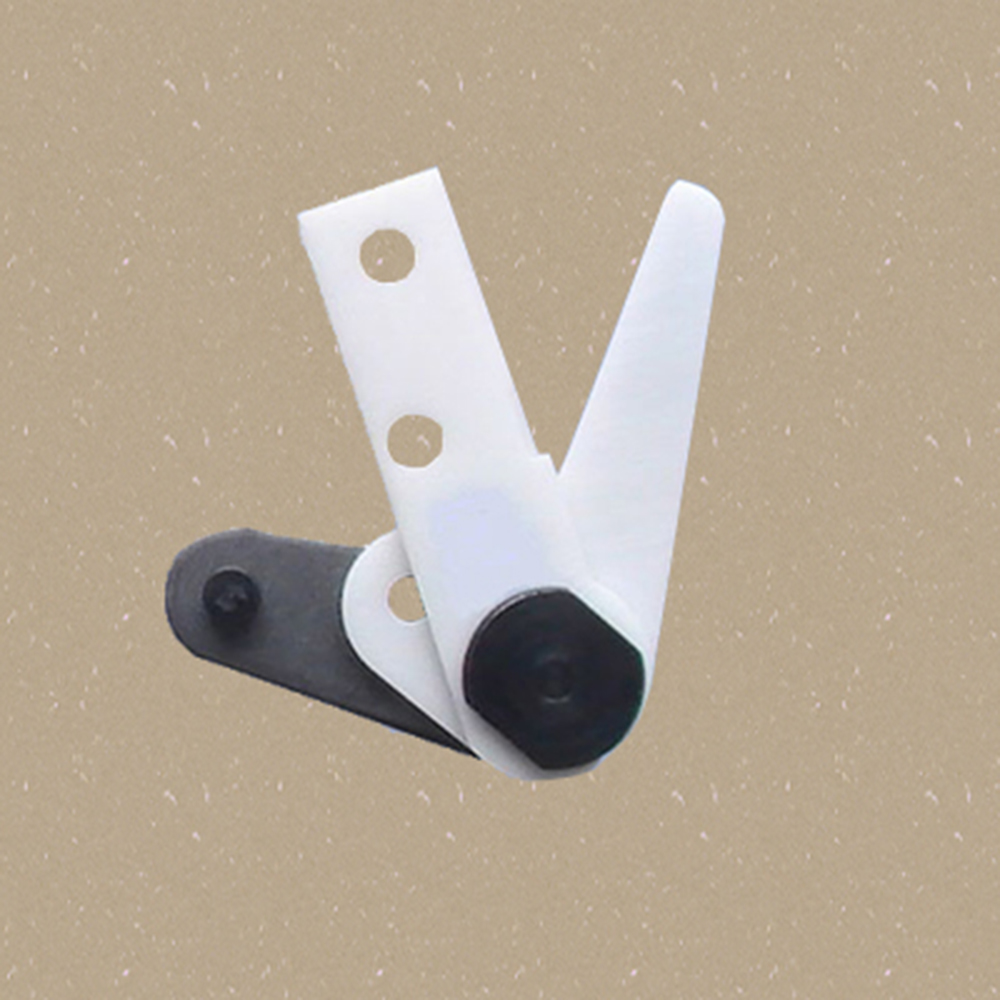
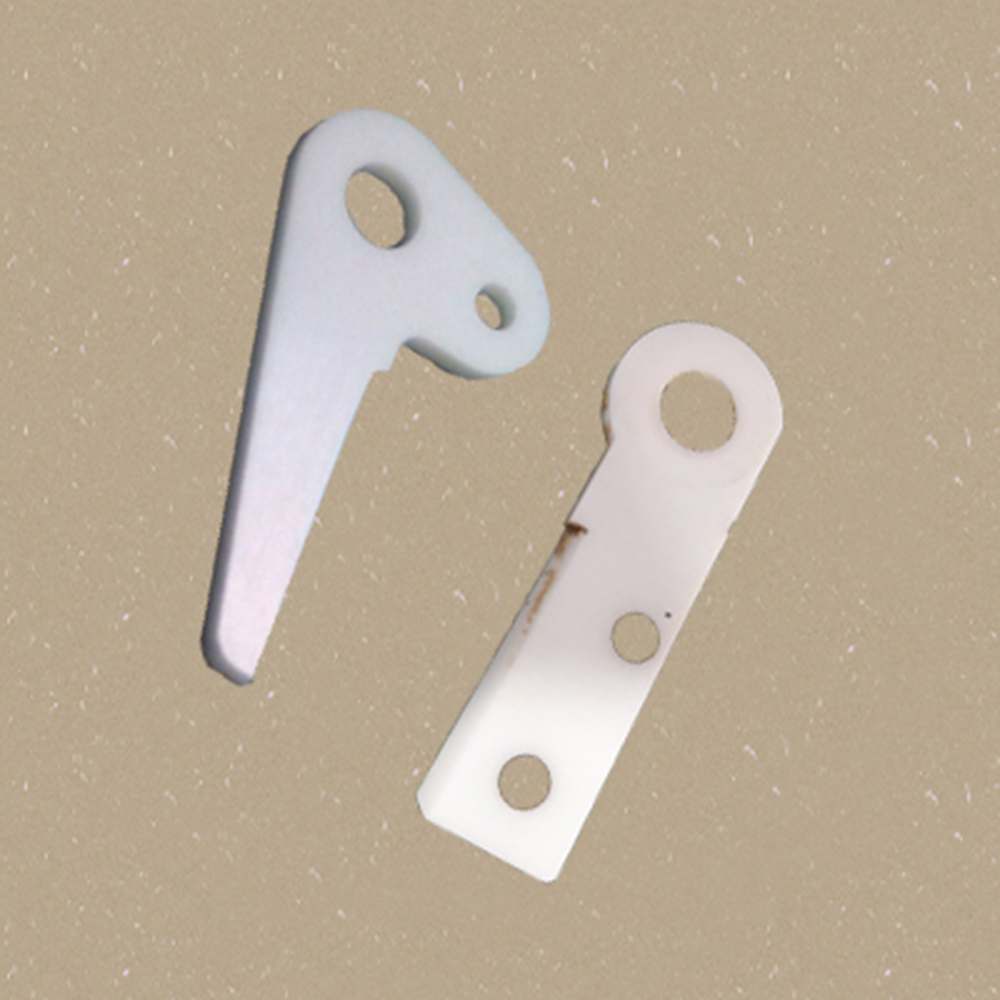
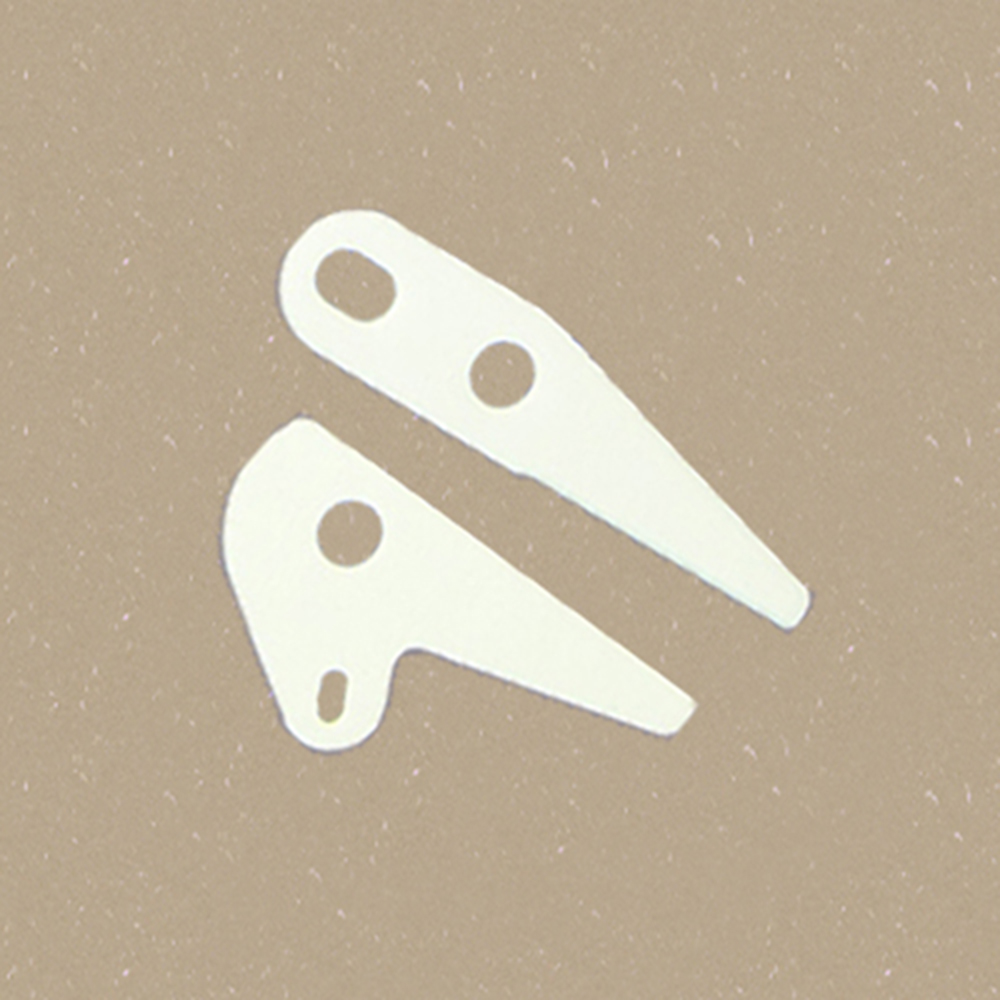
.jpeg)
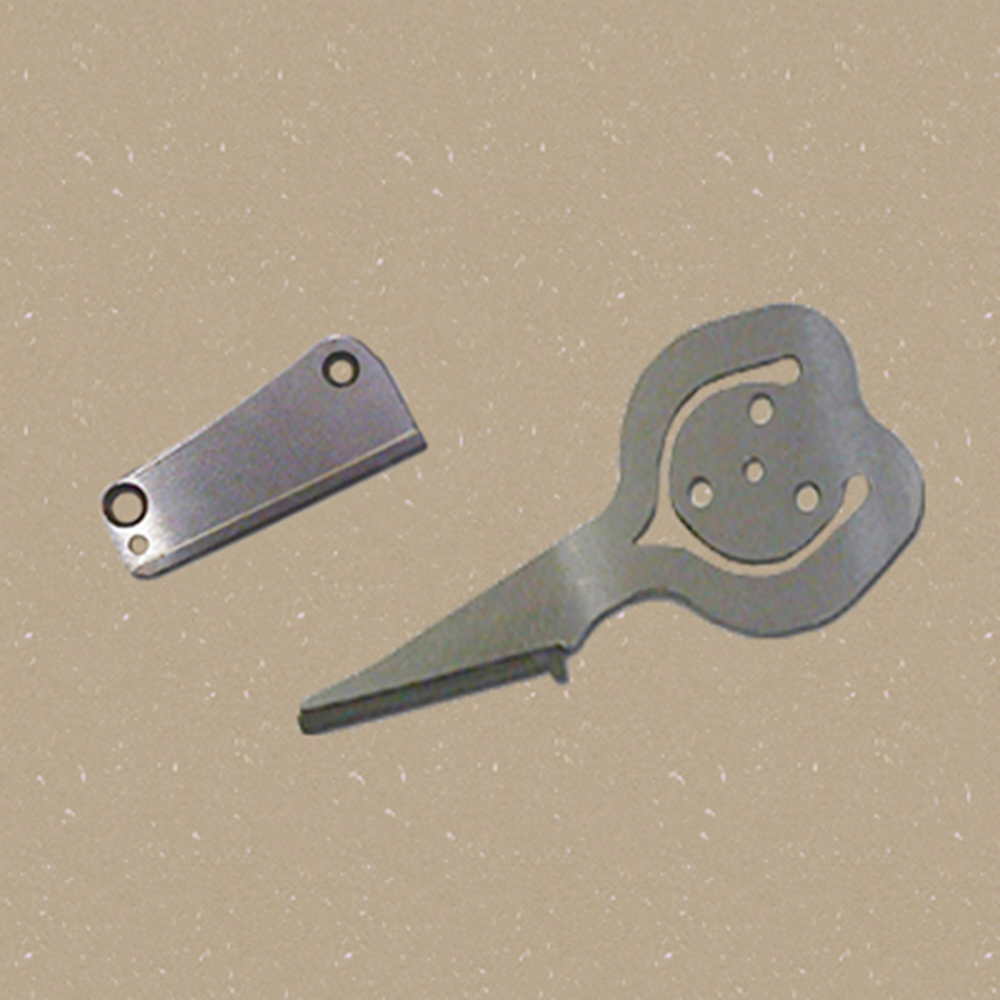
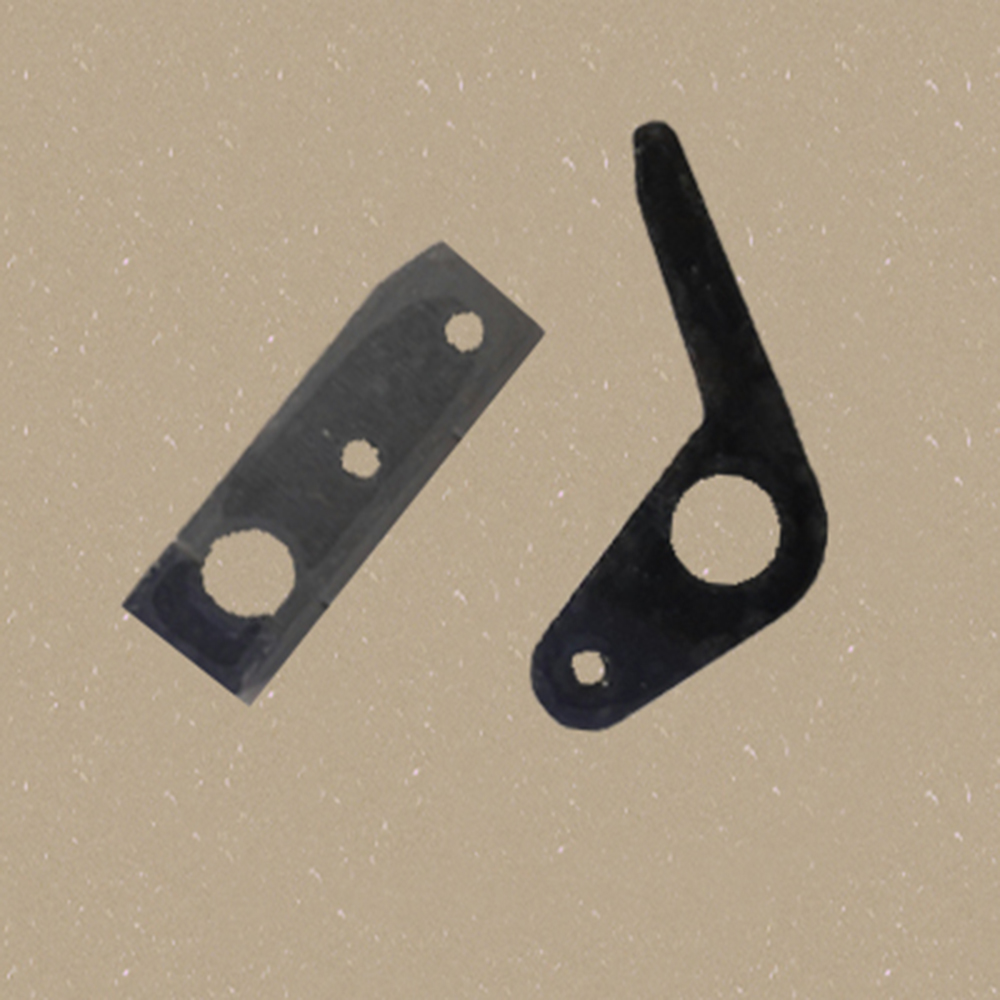
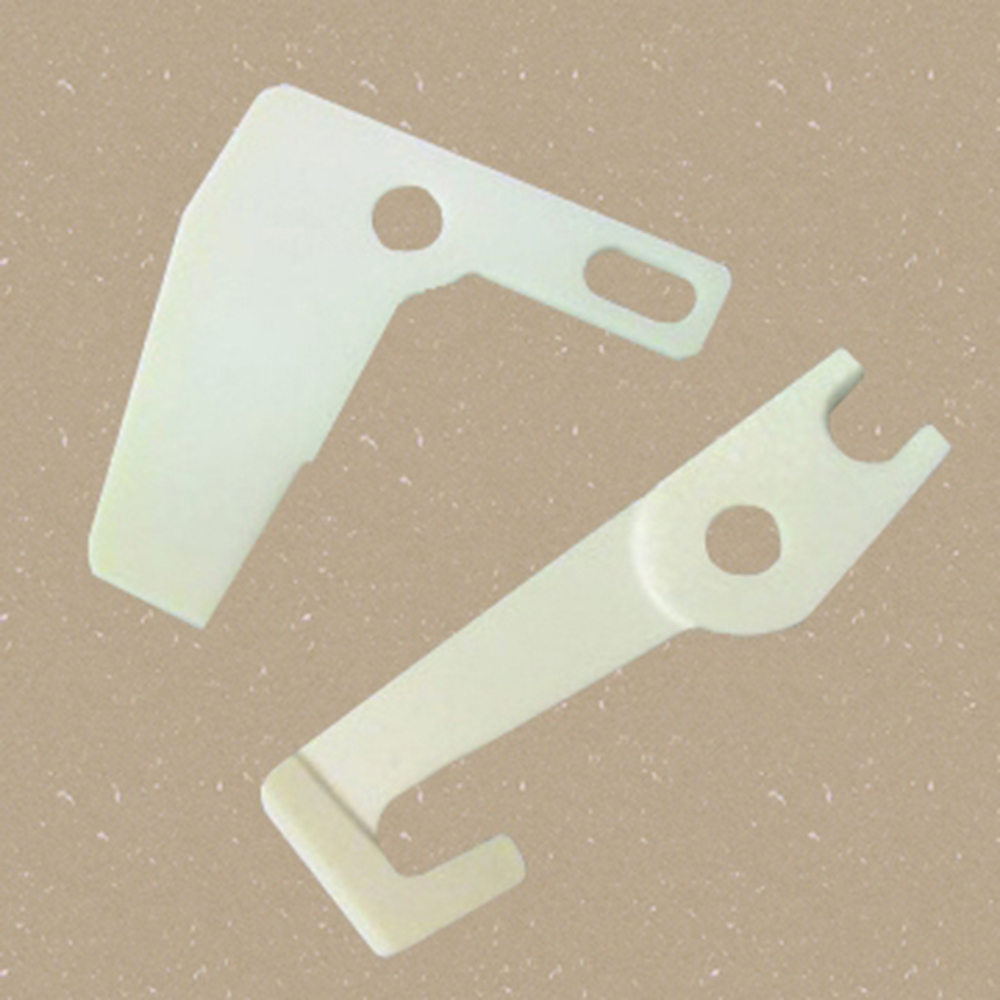
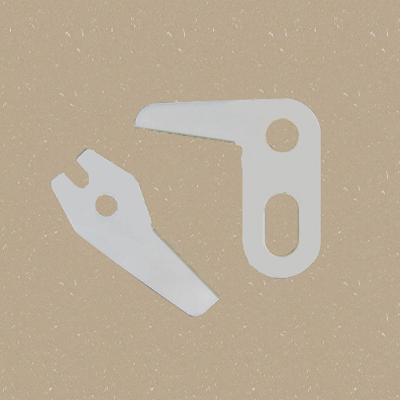
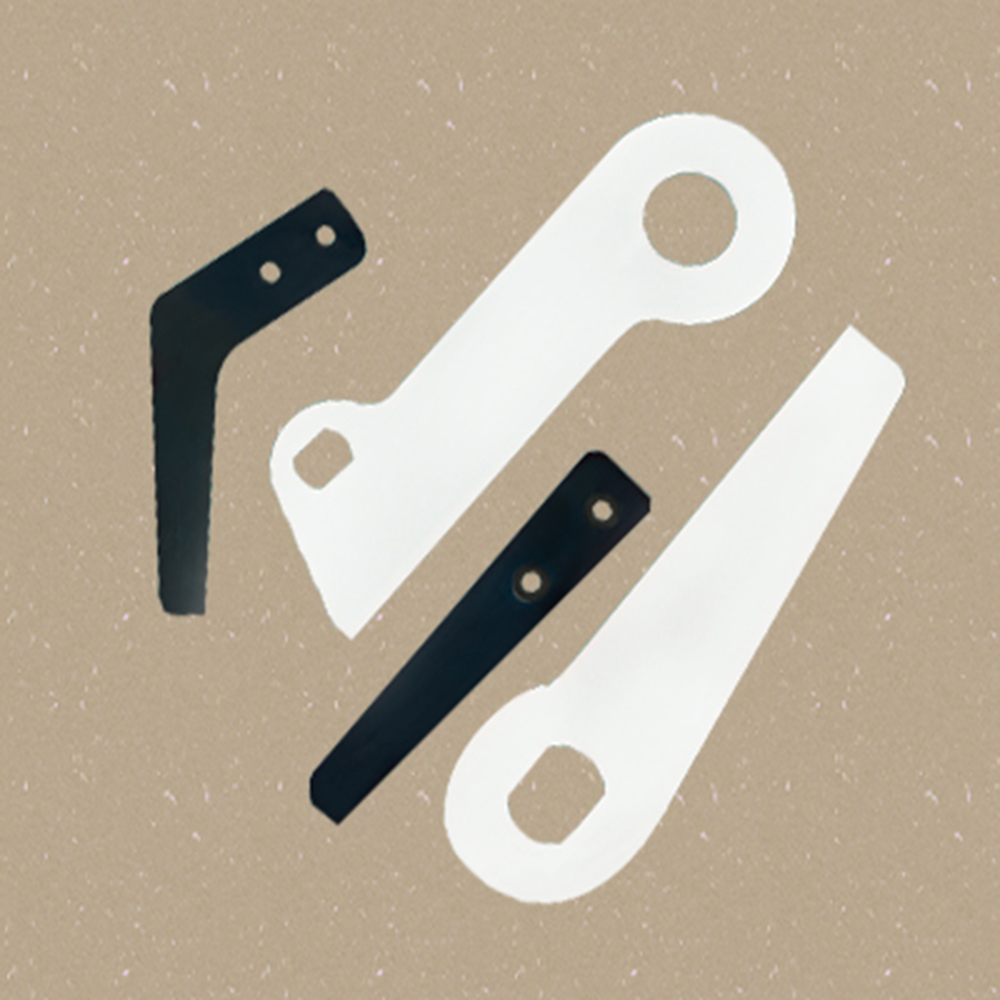
.jpg)
Autoconer Scissor Blades
They are typically made from high-quality materials such as high-speed steel (HSS), carbide, or ceramic to ensure they can withstand the wear and tear of constant cutting. They may also have a titanium nitride (TiN) coating to further improve their durability and cutting performance.
Autoconer scissor blades come in a variety of shapes and sizes depending on the specific application and the type of autoconer they are used with. Some blades are straight, while others have a curved profile. The blades may also have different thicknesses and cutting edge angles.
Here are some of the important factors to consider when choosing autoconer scissor blades:
- The type of yarn being cut: Different yarns require different blade materials and geometries. For example, blades for cutting delicate yarns will be different from blades for cutting coarse yarns.
- The speed of the autoconer: Blades for high-speed autoconers need to be especially durable and sharp.
- The desired cut quality: A clean, precise cut is important to avoid damaging the yarn.
Our Coverage
You may also Like


Enquiry
Let’s speak. Phone / Email us or use the contact form.


